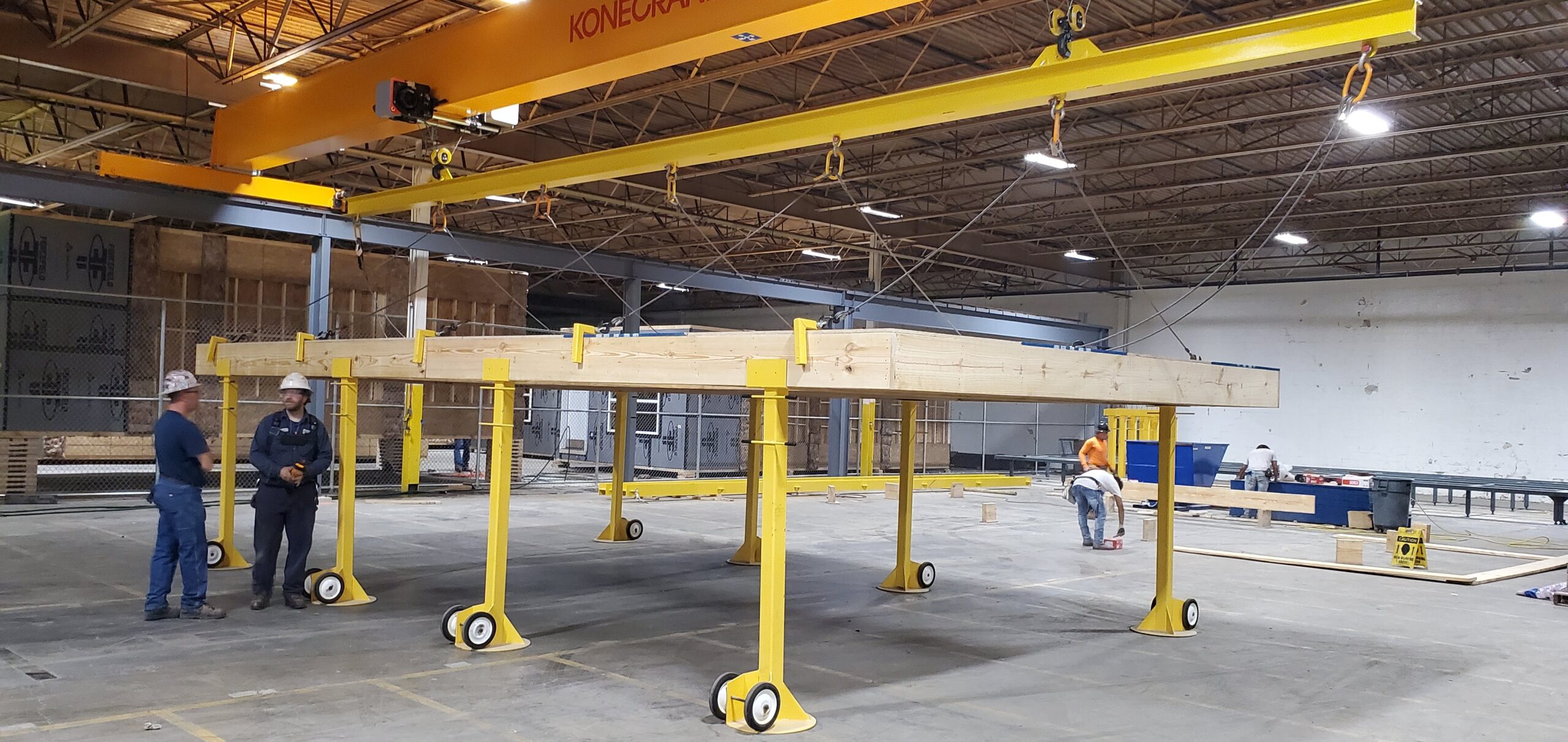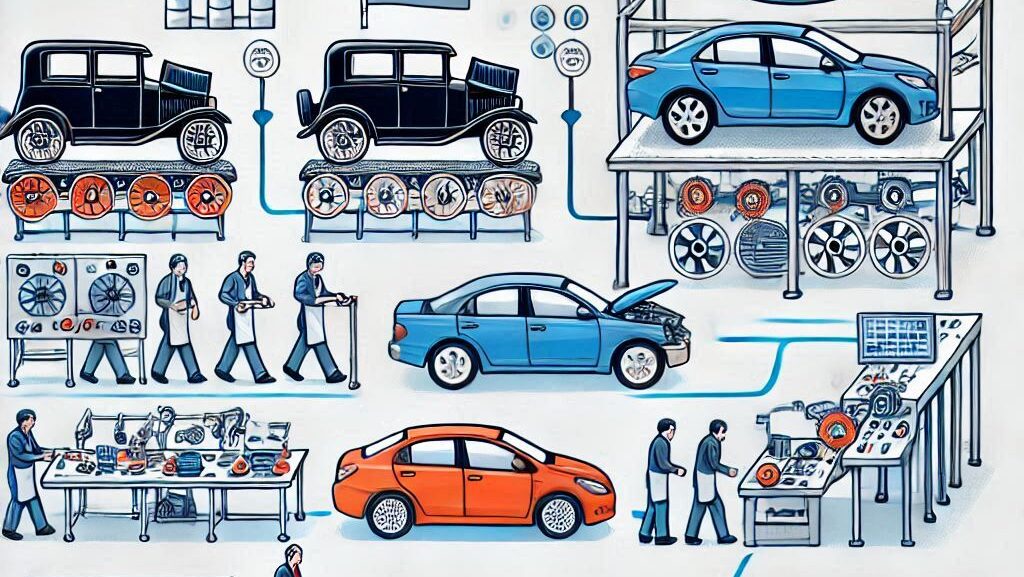The history of modern manufacturing and production management is a journey marked by groundbreaking innovations and transformative ideas. One of the most compelling narratives is the progression from Henry Ford’s assembly line, through the Toyota Production System, to Eli Goldratt’s Theory of Constraints (TOC). This evolution represents the collective wisdom of industrial giants, each building on the contributions of their predecessors to drive efficiency, productivity, and operational excellence.
Henry Ford and the Assembly Line: A Revolution Begins
In the early 20th century, Henry Ford revolutionized manufacturing with the introduction of the assembly line. Before this innovation, automobiles were assembled by skilled craftsmen, a process that was both time-consuming and costly. Ford’s assembly line, first implemented in 1913 at the Highland Park plant, fundamentally changed this paradigm.
The key principle of the assembly line was the division of labor. Instead of workers moving to the work, the work moved to the workers. Each worker performed a specific, repetitive task, significantly reducing production time and costs. This method allowed Ford to produce the Model T at an unprecedented scale and price, making automobiles accessible to the masses.
Ford’s assembly line laid the foundation for modern mass production. It emphasized efficiency, standardization, and the systematic organization of work, principles that would influence manufacturing for decades to come.
The Toyota Production System: Lean Thinking
Fast forward to post-World War II Japan, where Toyota Motor Corporation sought to rebuild and compete globally despite limited resources. Taiichi Ohno, an engineer at Toyota, studied Ford’s assembly line but recognized its limitations, particularly in dealing with variability and waste.
Ohno and his team developed the Toyota Production System (TPS), often referred to as Lean Manufacturing. TPS introduced several innovative concepts aimed at eliminating waste (muda), improving quality, and increasing efficiency. Key components included:
- Just-In-Time (JIT):
- Producing only what is needed, when it is needed, and in the amount needed. This minimized inventory levels and reduced waste.
- Jidoka (Automation with a Human Touch):
- Empowering workers to stop production to address quality issues, thereby preventing defects from moving down the line.
- Kaizen (Continuous Improvement):
- Encouraging continuous, incremental improvements in all aspects of production.
The Toyota Production System’s focus on waste reduction, flexibility, and quality made it a global benchmark for manufacturing excellence. TPS principles have been widely adopted across industries, influencing practices beyond automotive manufacturing.
Eli Goldratt and the Theory of Constraints: A New Paradigm
Building on the achievements of Ford and Toyota, Dr. Eli Goldratt introduced the Theory of Constraints (TOC) in the 1980s. TOC is a management philosophy that focuses on identifying and addressing the system’s primary constraint, the limiting factor that determines its performance.
Goldratt’s approach involves a five-step process:
- Identify the Constraint:
- Determine the system’s weakest link or bottleneck.
- Exploit the Constraint:
- Optimize the performance of the constraint without major investments.
- Subordinate Everything Else:
- Align all other processes and resources to support the constraint.
- Elevate the Constraint:
- Take actions to increase the capacity or efficiency of the constraint.
- Repeat the Process:
- Once a constraint is resolved, move on to the next one.
TOC emphasizes the importance of system-wide thinking and continuous improvement. By focusing on constraints, organizations can achieve significant improvements in throughput, efficiency, and profitability. Goldratt’s work, particularly his book “The Goal,” has had a profound impact on business management, providing a practical framework for achieving operational excellence.
Conclusion
The journey from Ford’s assembly line, through the Toyota Production System, to Eli Goldratt’s Theory of Constraints, represents a continuum of industrial innovation. Each step in this evolution has contributed to a deeper understanding of how to optimize production and management processes. By standing on the shoulders of these giants, today’s businesses can leverage these proven principles to drive continuous improvement and achieve lasting success.







